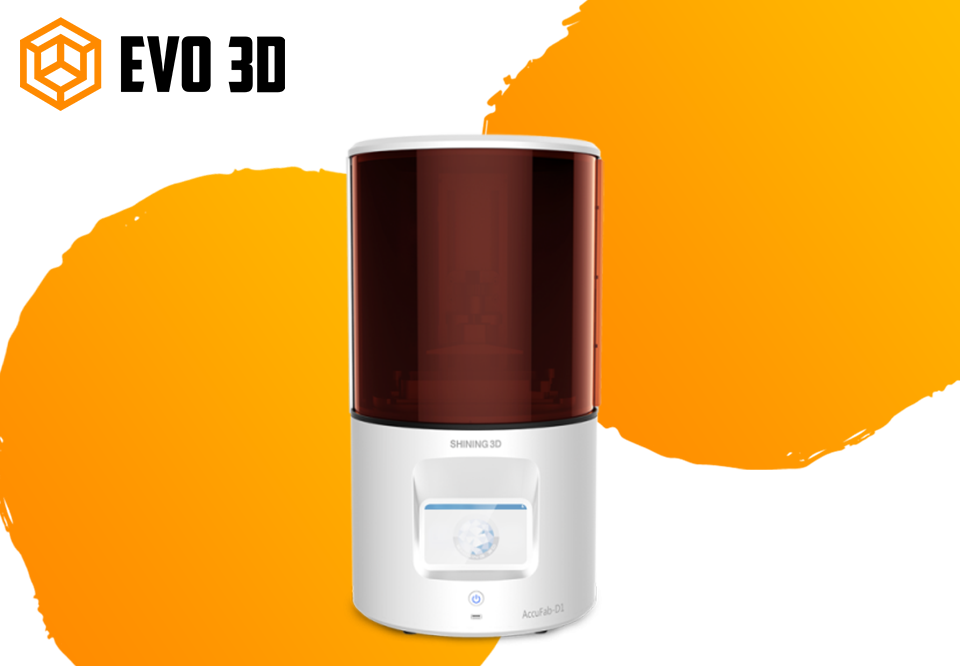3D Printing in Medicine: 6 Amazing Applications & Advantages

3D printing is increasingly becoming one of the most effective ways to aid a variety of medical applications. There are several applications for 3D printing, ranging from product customization and prototyping to product research and manufacturing.
In this blog, we'll go through some of the most common applications of 3D printing in medicine, including prosthetics and tissue engineering, which go beyond regular medical practise.
6 Major Applications of 3D Printing in Medicine
Let's look at the six most common applications of 3D printing in medicine and how they're helping in each of them:
1. Medical Instruments and Products
One of the most obvious implications of 3D printing technology. From forceps to clamps, a variety of surgical instruments and tools are being 3D printed all around the world.
Last year, a group of engineers aided an Italian hospital by donating breathing valves during a critical shortage. Despite being unable to get the original blueprints due to manufacturing regulations, the team successfully 3D-printed a hundred valves in one day despite being forced to abandon established protocol.
In comparison to the stainless-steel version, the creation of tools utilising 3D printer filament UK based vendors supply is more sterile, and costs are much lower. As a result, 3D printing may enable surgeons to quickly replace their tools as needed.
2. Reconstructed tissues and organs
To see if 3D printing can successfully replicate human organs, a variety of studies and trials are being carried out. Surgeons can utilise 3D-printed patient-specific organs for practise before the real operation if hospitals can 3D-print them.
This will be a significant accomplishment, particularly for really difficult procedures like organ transplants, spinal surgery, and birth complication treatments.
3. Prosthetic Devices with Greater Precision
Constructing various types of prosthetic devices is one of the greatest methods to use the 3D print service UK based companies offer in the medical area. This will not only save money (traditionally made prostheses are expensive), but it will also make the wearer more comfortable.
4. Bioprinting using Bio-inks
Although bioprinting is a time-consuming form of printing, it has enormous potential in the medical field. Bio-inks are used by researchers in this technique. These are essentially hydrogel-based materials that can support cells as they construct their own extracellular matrices naturally.
Bioprinting brings up a whole new world of possibilities. Medical specialists, for example, will no longer need to test medications on animals because they will be able to print human skin using the best resin 3D printer UK has to offer.
5. Dental and Orthodontic Applications
In the domains of dentistry and orthodontics, this technique offers a lot of promise. It's already in both because it aids in the creation of precise and pleasant braces, dental crowns, bridges, restorations, and other components that support the human dental system.
6. Pharmacology and Drug Administration
This is another another example of how 3D printing in medicine has the potential to make significant advancements. On a daily basis, many people throughout the world are required to take numerous pills for various conditions. Pharmacology experts and 3D printing professionals, on the other hand, can collaborate to make unique 3D printed pills. These can be created capable of keeping many drugs in a single tablet and releasing each one at the appropriate moment.
In Summary
Medicine is unquestionably an area where 3D printing has a lot of potential. It's no surprise, therefore, that healthcare professionals are increasingly interested in learning more about it.
Patients will be kept safer and more comfortable by healthcare experts, who will also help them recover faster and improve their quality of life. 3D printing solutions can also help doctors provide better services and lower healthcare costs while increasing precision dramatically.
